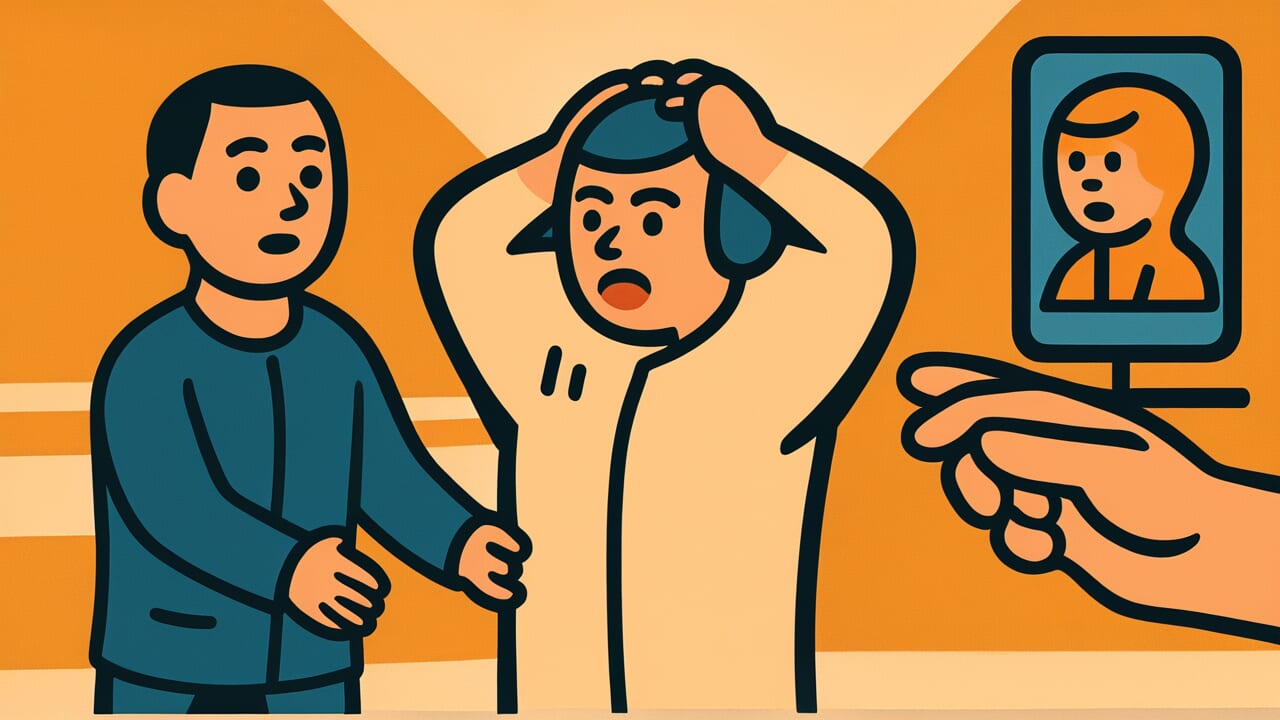How to Read “One trouble leaves, and another trouble comes”
いちなんさってまたいちなん
Meaning of “One trouble leaves, and another trouble comes”
“One trouble leaves, and another trouble comes” means that even when you solve one problem, a new problem quickly appears.
It describes situations where you barely have time to feel relieved after overcoming one challenge before facing a new trouble or difficulty.
This proverb is used to honestly acknowledge life’s harshness and unpredictability.
People use it when they solve a work problem only to have another one pop up, or when they recover from an illness only to suffer from a different health issue.
In modern times, many people relate to this expression in our stressful society.
However, this proverb doesn’t just express complaints. It also suggests the importance of being mentally prepared that difficulties will continue.
Rather than being surprised by trials that keep coming, it encourages us to accept this as a normal part of life.
Origin and Etymology
The exact origin of this proverb in historical texts hasn’t been identified.
However, based on its structure, the Buddhist concept of “nan” (difficulty) is believed to be deeply connected.
In Buddhism, suffering and difficulties in life are expressed as “nan” and viewed as unavoidable trials of human existence.
The word “saru” (leaves) in “one trouble leaves” describes how difficulties pass by.
But the phrase “another trouble comes” that follows contains an essential truth about life.
It recognizes that difficulties don’t end once you solve them—they keep coming one after another.
This expression became widely used likely because of the natural disasters and social hardships Japanese people experienced throughout their long history.
In Japan, where earthquakes, typhoons, and floods repeatedly occur, people couldn’t feel safe even after overcoming one disaster.
Such experiences crystallized into words as people’s lived reality.
Similar expressions appear in Edo period literature, suggesting this proverb was used among common people at least several hundred years ago.
This proverb, which frankly expresses life’s harshness, continues to resonate across generations.
Usage Examples
- Just when I finished moving, my appliances broke down—truly “one trouble leaves, and another trouble comes”
- I thought my cold was cured, but now I hurt my back—this is exactly “one trouble leaves, and another trouble comes”
Universal Wisdom
The proverb “one trouble leaves, and another trouble comes” has been passed down because it perfectly captures an essential structure of life.
Somewhere in our hearts, we expect that peaceful days will arrive once we solve one problem.
But reality is that as long as we’re alive, new challenges keep appearing.
Our ancestors understood this truth. Life isn’t a journey toward a trouble-free state—it’s a journey walking alongside troubles.
In youth we have health worries, in our working years we face job and family problems, and as we age we suffer from aging and loss.
Even as life stages change, only the type of difficulty changes—the difficulties themselves never disappear.
However, this proverb also contains deep comfort. It carries the message “you’re not alone.”
Difficulties continuing doesn’t mean you’re unlucky or lacking ability. It’s the essence of being human.
Furthermore, this proverb gives us an important perspective. We shouldn’t make a trouble-free state the condition for happiness.
Even as difficulties continue, we should cherish the small moments of peace and joy we feel in between.
This mindset is the wisdom for living through life.
When AI Hears This
The human brain tends to mistakenly believe “after something bad happens, the probability of something good increases.”
This is called the gambler’s fallacy. It’s that feeling when you flip a coin five times and get all heads, you feel tails is more likely next.
But actually, coins have no memory, so the probability stays 50 percent each time. After one trouble leaves, the probability of the next trouble coming shouldn’t change.
Yet in reality, “one trouble leaves, and another trouble comes” really does happen easily. Why?
Because the first trouble increases the probability of the second trouble. For example, if you’re hospitalized for illness, lack of exercise raises the risk of other diseases.
If a company faces financial difficulties, talented employees quit and invite the next crisis. In other words, these aren’t independent events but a chain of conditional probabilities.
Even more interesting is the cluster phenomenon in statistics. Even when you randomly place dots, dense areas and sparse areas always form.
Accident-prone zones and misfortunes piling up on the same person are actually statistically natural clustering.
Even in a completely random world, misfortune doesn’t distribute evenly—it appears in clumps.
Humans perceive this as “bad luck,” but mathematically it’s a predictable pattern.
This proverb was a surprisingly scientific observation that saw through the illusion of probability independence and the reality of dependencies.
Lessons for Today
What this proverb teaches modern people is the importance of not seeking perfection too much.
Looking at social media, everyone seems to be living smooth, successful lives.
But in reality, everyone is facing difficulties that keep coming. Your life isn’t especially hard.
What matters is finding your own pace, assuming difficulties will continue.
After solving one problem, rest a little to prepare for the next one.
Rather than waiting for problems to completely disappear, consciously savor the calm moments between problems.
This mental space becomes the stamina to run through a long life.
Also, this proverb teaches us the fact that “one trouble leaves.” Difficulties always pass.
Even if another difficulty comes, the current difficulty will end. Through this repetition, we gradually grow stronger and develop coping skills.
The succession of difficulties might be life’s training program to strengthen you. Look forward and overcome them one by one.



Comments